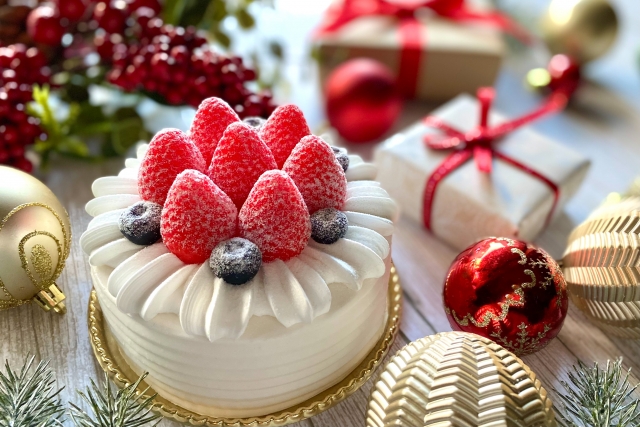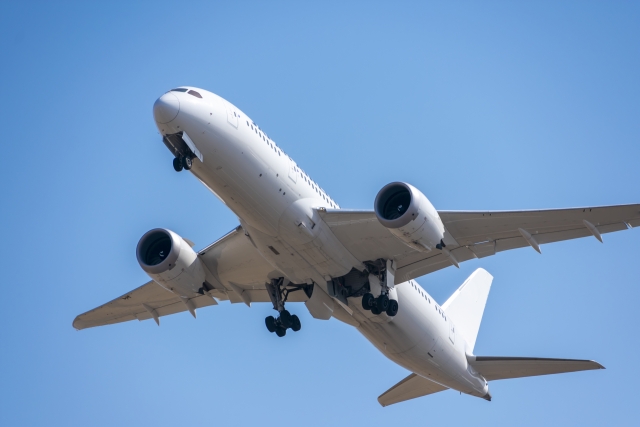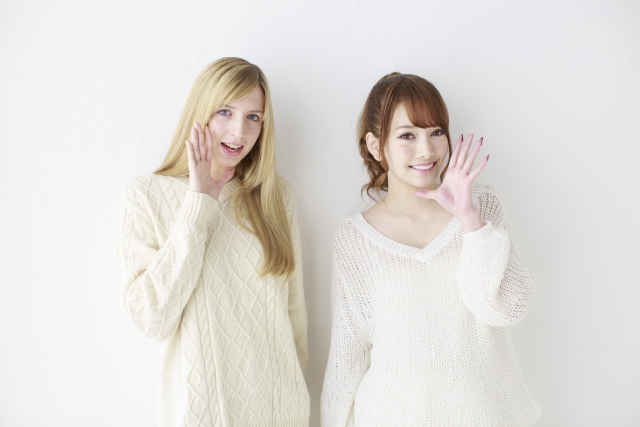Japanese Online Newsletter Vol. 258 食事の注文の仕方(しょくじのちゅうもんのしかた)
Dec
30
どこの国に行っても、まず知っておきたいのは「レストランでどのように食事を注文するか」ということではないでしょうか。今回は、日本での食事の注文方法についていくつかの例を挙げて説明します。
メニューと食品サンプル
日本のレストランでは、メニューだけでなく、店舗の外に食品サンプルが展示されていることが多いです。これにより、どのような料理が提供されるのか、またその価格も一目で確認できます。言葉が全く通じない場合は、注文に来たスタッフをサンプル展示のところへ連れて行き、指をさして「これをお願いします」と伝えると、ほとんどの場合対応してもらえます。ただし、食品サンプルはあくまでも飾り用で、実際に食べられるものではないので注意が必要です。
ランチとモーニングセット
昼食の時間帯になると、多くの店舗で「ランチメニュー」と呼ばれるお得なセットメニューが提供されます。特にサラリーマン向けに手頃な価格で販売されていることが多く、外にサンプルが展示されている場合もあります。一般的に、2~3種類のランチメニューがあり、これらは割安で美味しい料理を楽しむことができます。 また、喫茶店などでは「モーニング」と呼ばれる朝食セットも手頃な価格で提供されています。例えば、サラダ、トースト、ゆで卵、コーヒーのセットが500円以下で楽しめるお店も多いです。
最新の注文方法
近年、多くのレストランではタブレット端末を使ったメニュー注文が導入されています。写真付きのメニューを見ながらタブレットで簡単に注文できるため、料理の見た目を確認してから安心して注文できます。一方で、今でも印刷されたメニューが中心の店舗もあり、特に文字だけのメニューは海外の方には少しハードルが高いかもしれません。
食べ放題と炉端焼き
海外の方に特におすすめなのが「食べ放題」のスタイルです。さまざまな料理が用意されており、自分で好きなものを選んで席に持ち帰って食べる形式なので、注文ミスの心配がありません。また、「炉端焼き」スタイルの店舗では、食べたいものを指さして調理してもらうことができるため、これも分かりやすい選択肢です。
案内役の重要性
最も安心して食事を楽しむ方法は、日本に詳しい方に案内してもらうことです。特に初めて訪れる場合は、言葉や文化の壁を越えてスムーズに食事を楽しむために、現地のサポートを活用するのが良いでしょう。
メニューと食品サンプル
日本のレストランでは、メニューだけでなく、店舗の外に食品サンプルが展示されていることが多いです。これにより、どのような料理が提供されるのか、またその価格も一目で確認できます。言葉が全く通じない場合は、注文に来たスタッフをサンプル展示のところへ連れて行き、指をさして「これをお願いします」と伝えると、ほとんどの場合対応してもらえます。ただし、食品サンプルはあくまでも飾り用で、実際に食べられるものではないので注意が必要です。
ランチとモーニングセット
昼食の時間帯になると、多くの店舗で「ランチメニュー」と呼ばれるお得なセットメニューが提供されます。特にサラリーマン向けに手頃な価格で販売されていることが多く、外にサンプルが展示されている場合もあります。一般的に、2~3種類のランチメニューがあり、これらは割安で美味しい料理を楽しむことができます。 また、喫茶店などでは「モーニング」と呼ばれる朝食セットも手頃な価格で提供されています。例えば、サラダ、トースト、ゆで卵、コーヒーのセットが500円以下で楽しめるお店も多いです。
最新の注文方法
近年、多くのレストランではタブレット端末を使ったメニュー注文が導入されています。写真付きのメニューを見ながらタブレットで簡単に注文できるため、料理の見た目を確認してから安心して注文できます。一方で、今でも印刷されたメニューが中心の店舗もあり、特に文字だけのメニューは海外の方には少しハードルが高いかもしれません。
食べ放題と炉端焼き
海外の方に特におすすめなのが「食べ放題」のスタイルです。さまざまな料理が用意されており、自分で好きなものを選んで席に持ち帰って食べる形式なので、注文ミスの心配がありません。また、「炉端焼き」スタイルの店舗では、食べたいものを指さして調理してもらうことができるため、これも分かりやすい選択肢です。
案内役の重要性
最も安心して食事を楽しむ方法は、日本に詳しい方に案内してもらうことです。特に初めて訪れる場合は、言葉や文化の壁を越えてスムーズに食事を楽しむために、現地のサポートを活用するのが良いでしょう。
How to Order Food
No matter which country you visit, the first thing you want to know is how to order food at a restaurant. In this post, we’ll explain how to order a meal in Japan with some examples.
Menus and Food Samples
Restaurants in Japan often display not only menus but also food samples outside the restaurant. This lets you glance at the kind of food they serve and its price. If you don’t speak any Japanese, you can take the staff member with the sample display and point to the item you want and say, “I would like this please,” and they’ll most likely be able to accommodate you. However, please note that food samples are only for decoration and not for actual eating.
Restaurants in Japan often display not only menus but also food samples outside the restaurant. This lets you glance at the kind of food they serve and its price. If you don’t speak any Japanese, you can take the staff member with the sample display and point to the item you want and say, “I would like this please,” and they’ll most likely be able to accommodate you. However, please note that food samples are only for decoration and not for actual eating.
Lunch and Morning Sets
During lunch, many restaurants offer a special set menu called a lunch menu. They’re often reasonably priced, especially for office workers, and restaurants may display samples outside. Typically, there are two or three different lunch menus that offer good food at a discount. Coffee shops also offer breakfast sets, called “mornings,” at reasonable prices. For example, many stores offer a set of salads, toast, boiled eggs, and coffee for less than 500 yen.
During lunch, many restaurants offer a special set menu called a lunch menu. They’re often reasonably priced, especially for office workers, and restaurants may display samples outside. Typically, there are two or three different lunch menus that offer good food at a discount. Coffee shops also offer breakfast sets, called “mornings,” at reasonable prices. For example, many stores offer a set of salads, toast, boiled eggs, and coffee for less than 500 yen.
The Latest Ordering Methods
In recent years, many restaurants have introduced menu ordering using tablet terminals. Customers can easily order on a tablet while looking at a menu with pictures, allowing them to check the appearance of the food before placing an order with confidence. On the other hand, some restaurants still mainly use printed menus, especially those with only text, which may be a bit difficult for foreign customers.
In recent years, many restaurants have introduced menu ordering using tablet terminals. Customers can easily order on a tablet while looking at a menu with pictures, allowing them to check the appearance of the food before placing an order with confidence. On the other hand, some restaurants still mainly use printed menus, especially those with only text, which may be a bit difficult for foreign customers.
All-you-can-eat and Robata-yaki
The “all-you-can-eat” style is especially recommended for overseas visitors. They have a variety of dishes available, and since this style lets you choose what you want and take it back to your seat, there’s no need to worry about making an ordering mistake. Additionally, in "robata-yaki" style restaurants, you can point to the food you want and have them cook it for you, which is another easy-to-understand option.
The “all-you-can-eat” style is especially recommended for overseas visitors. They have a variety of dishes available, and since this style lets you choose what you want and take it back to your seat, there’s no need to worry about making an ordering mistake. Additionally, in "robata-yaki" style restaurants, you can point to the food you want and have them cook it for you, which is another easy-to-understand option.
The Importance of a Guide
The safest way to enjoy your meal is to have someone familiar with Japan guide you. Especially if you are visiting for the first time, it’s a good idea to take advantage of local support to help you enjoy your meal smoothly across language and cultural barriers.
The safest way to enjoy your meal is to have someone familiar with Japan guide you. Especially if you are visiting for the first time, it’s a good idea to take advantage of local support to help you enjoy your meal smoothly across language and cultural barriers.
sign up for the Japanese-Online Newsletter
__..-・**・-..__..-・**・-.._ あいうえお かきくけこ さしすせそ たちつてと なにぬねの はひふへほ まみむめも やいゆえよ らりるれろ わゐうゑを ん __..-・**・-..__..-・**・-.._
#JapaneseOnline #LearningJapanese #FreeJapaneseLessons #JapaneseVideoLearning #JapaneseAnime #Anime #JapaneseFood #Bloguru











